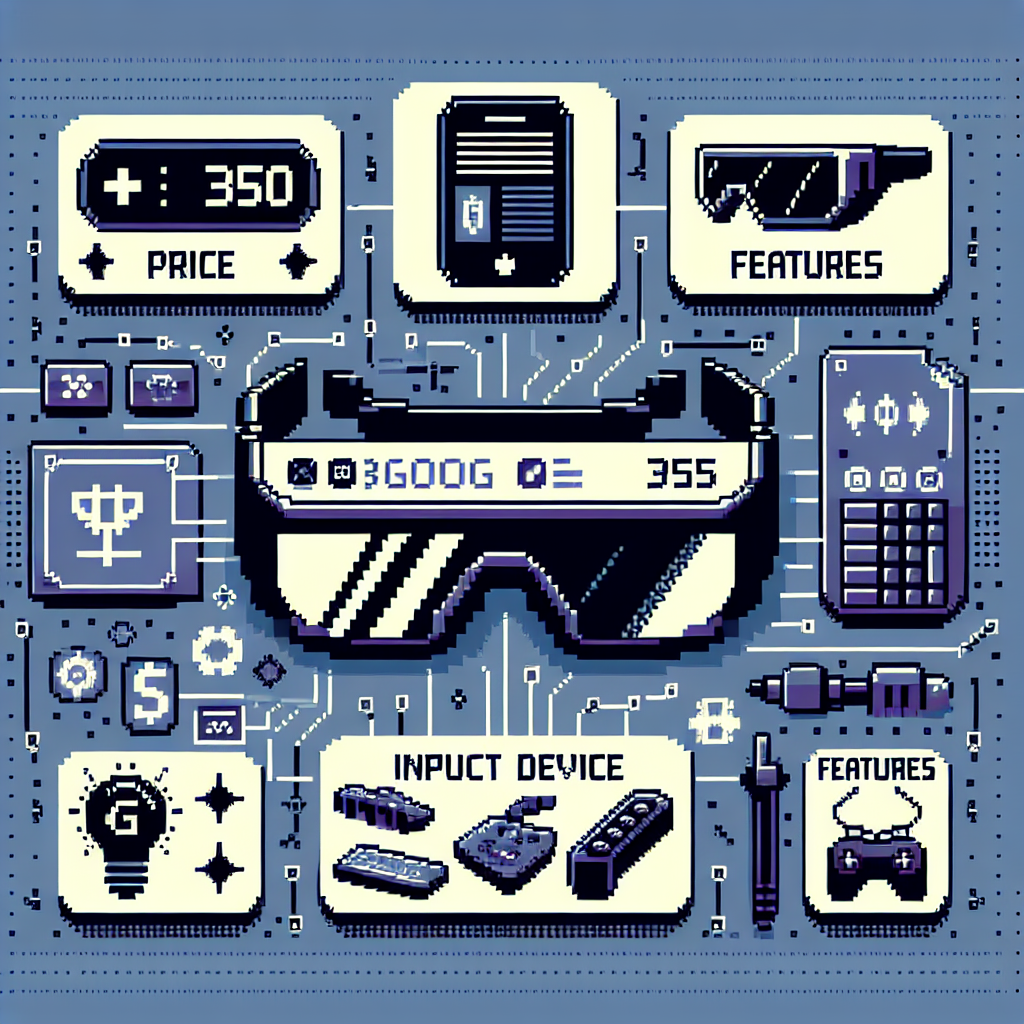Material 3 Expressive is already making its way to Wear OS Tiles - 9to5Google | Analysis by Brian Moineau
Title: Embracing the Future of Wearables: Material 3 Expressive Makes Its Mark on Wear OS Tiles
In the fast-paced world of technology, staying ahead of the curve is the name of the game. Just when we thought our smartwatches couldn't get any more stylish and functional, Google surprises us with a sneak peek into the future. Enter Material 3 Expressive, the latest design language that's already weaving its magic into Wear OS Tiles—even before the official launch of Wear OS 6 later this year.
A Sneak Peek into Material 3 Expressive
Material 3 Expressive is Google's latest design philosophy, offering a fresh and vibrant look that's set to redefine user interfaces. With its bold colors, dynamic layouts, and a heightened focus on personalization, Material 3 Expressive aims to make interactions more intuitive and visually appealing. While it's poised to officially debut with Wear OS 6, Google has already started rolling out updates to Wear OS Tiles, giving users an exciting preview of what's to come.
The Evolution of Wear OS
Wear OS has come a long way since its inception. Initially launched as Android Wear in 2014, Google's smartwatch platform has undergone several transformations. Over the years, it has evolved from being a basic extension of Android smartphones to a powerful standalone ecosystem. The introduction of Material 3 Expressive marks another significant milestone in this journey, reflecting Google's commitment to enhancing user experience.
Drawing Parallels with the Broader Tech World
Google's proactive approach with Material 3 Expressive is reminiscent of other recent tech advancements. Apple's introduction of widgets in iOS 14, for instance, brought a new level of customization and interactivity to the iPhone's home screen. Similarly, Microsoft's Fluent Design System has been gradually reshaping Windows 10, making it more cohesive and user-friendly.
The common thread across these developments is a focus on personalization and user engagement. As technology continues to integrate more seamlessly into our daily lives, the demand for intuitive and aesthetically pleasing interfaces is only going to grow.
Expanding Horizons in Wearable Tech
As Material 3 Expressive begins to take root, it's worth noting how wearables are influencing various industries. In healthcare, for instance, smartwatches are playing an increasingly vital role. According to a study by the Journal of Medical Internet Research, wearable devices are now being used to monitor everything from heart rate to stress levels, offering valuable insights for both users and healthcare providers.
In the fashion world, tech-infused garments and accessories are becoming more mainstream. The collaboration between Louis Vuitton and Google's Wear OS for luxury smartwatches exemplifies the fusion of technology and high fashion, highlighting the growing appeal of wearables beyond tech enthusiasts.
Final Thoughts
The early introduction of Material 3 Expressive to Wear OS Tiles is a testament to Google's forward-thinking strategy. As we await the full release of Wear OS 6, this sneak peek offers a tantalizing glimpse into the future of wearable technology. With tech companies constantly pushing the boundaries of design and functionality, the next wave of innovation promises to be both exciting and transformative.
In a world where technology is as much about style as it is about function, the evolution of Wear OS with Material 3 Expressive is a step toward a more personalized and visually captivating digital experience. Whether you're a tech aficionado or a casual user, one thing is clear: the future of wearables is bright, and it's just around the corner.
Read more about AI in Business


